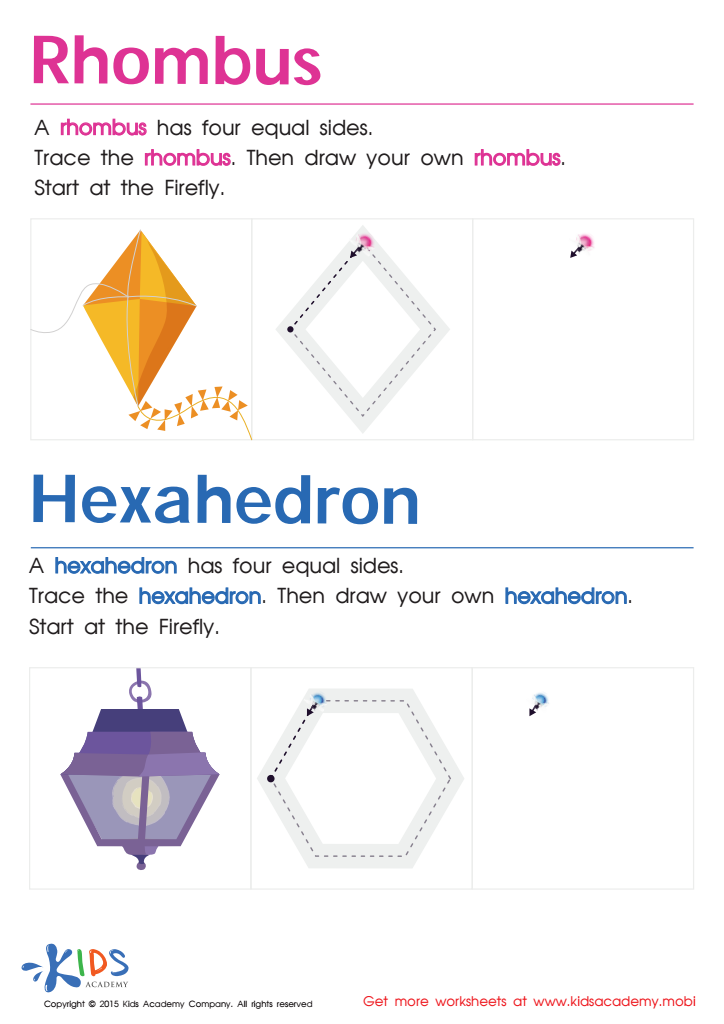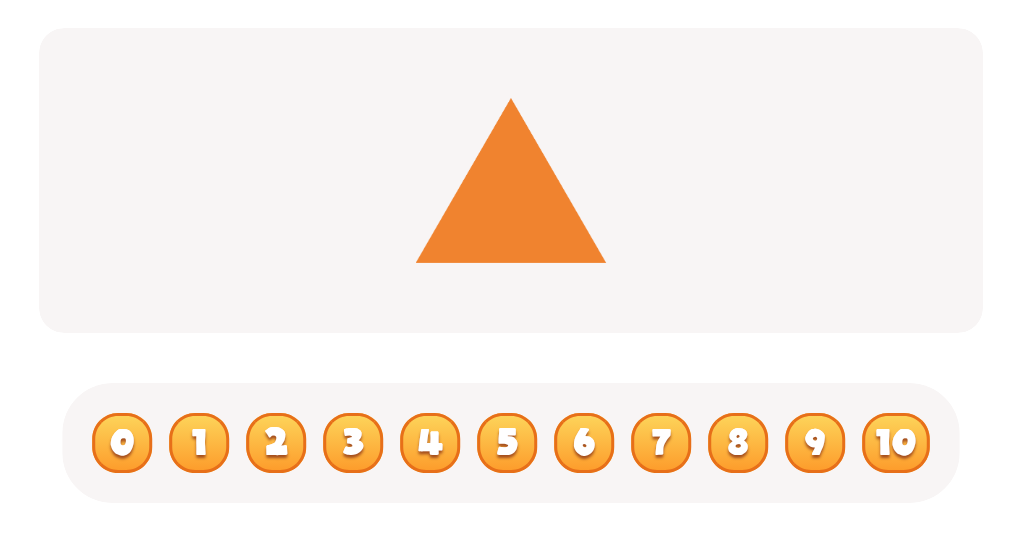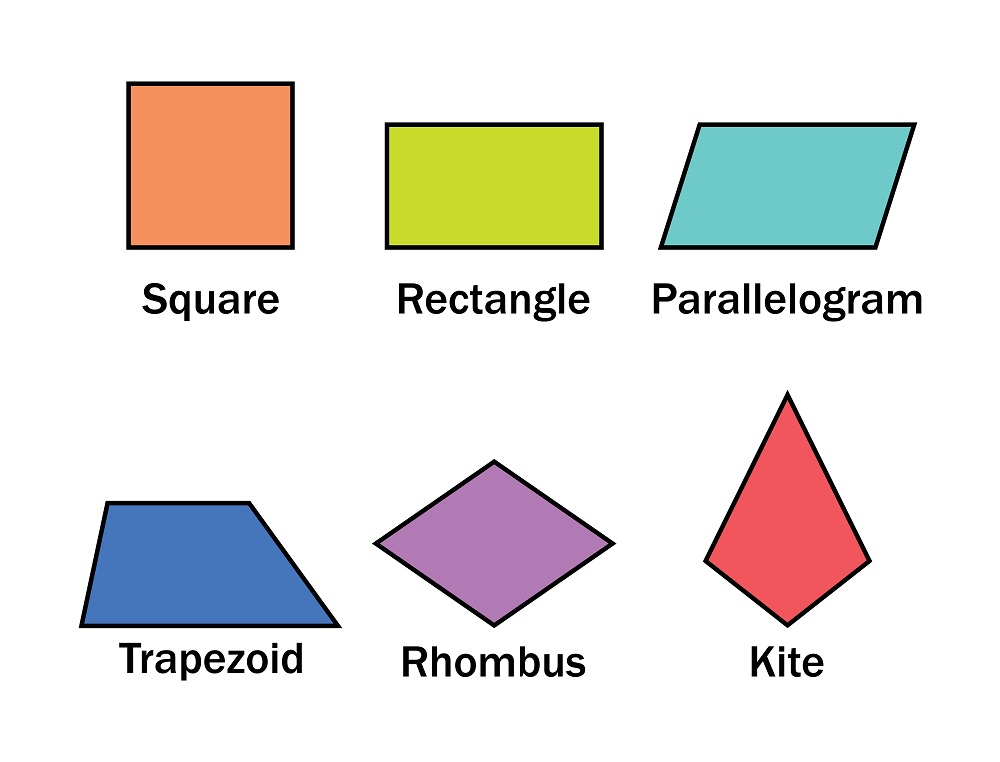Normal Geometry Worksheets for Ages 4-8 - Page 4
75 filtered results
-
From - To


Draw a Rhombus And a Hexahedron Printable


Easy Drawing of Ovals And Rectangles Worksheet


Trace And Draw a Circle And a Square Worksheet
Normal Geometry is crucial for children aged 4-8 as it forms the foundation for their spatial reasoning, problem-solving, and critical thinking skills. During these formative years, children engage in exploratory play, and understanding basic geometric concepts such as shapes, sizes, and spatial relationships enhances their cognitive development.
Learning about geometry helps children identify, describe, and categorize the objects they see in their environment. This foundational knowledge is important not just for math, but also for subjects like art and science, where visualization is key. Moreover, it fosters creativity as children learn to manipulate shapes and understand how they fit together.
Parents and teachers should prioritize Normal Geometry because it encourages logical thinking, which is essential for future academic success. Engaging with geometric concepts can lead to improved performances in math and science, opening doors for higher-level learning down the line.
Furthermore, exposure to geometry at an early age cultivates enthusiasm for learning, making educational experiences enjoyable and meaningful. By integrating geometry into everyday activities, caregivers can create engaging environments where children can explore, experiment, and gain confidence in their abilities. Overall, understanding geometry lays the groundwork for lifelong learning and cognitive growth.
 Assign to My Students
Assign to My Students































